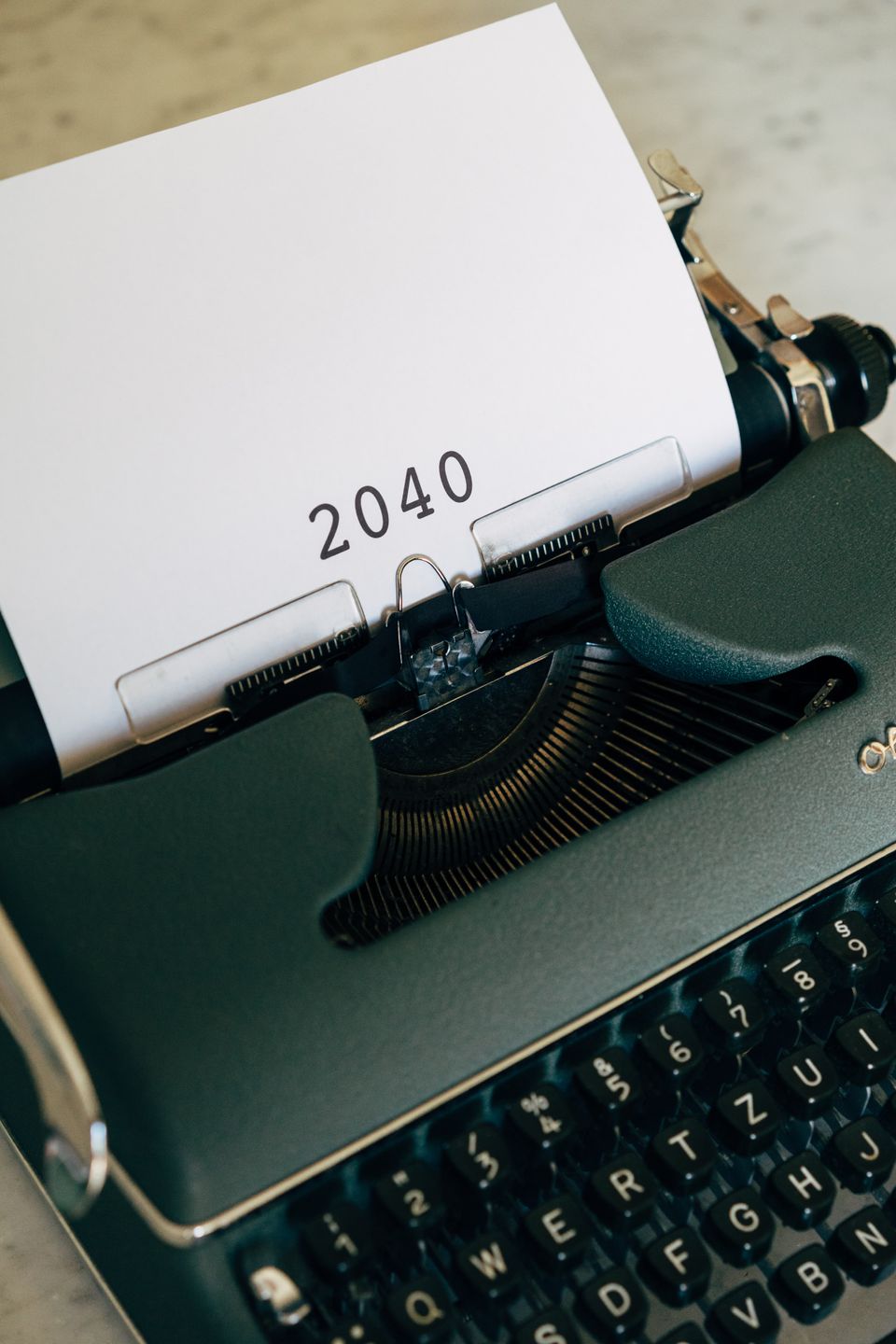Making real $ in the last 5 years

It's no secret. I've previously dismissed CAP rates. I think investors - particularly new ones - are too focused on finding the highest CAP rate without considering why the advertised number might be so high.
But when CAP rates trend down, the value of your property goes up. And CAP rates have come down almost everywhere across the US over the last five years. Why? Investors are - rightly or wrongly - prepared to accept lower returns on their invested dollar. CAP is a measure of yield: net operating income (NOI) divided by the asset value.
Multifamily CAP rates have dropped from about 5.9% to 5.0% since 2017. (Side note: there's huge variation by location, asset type, size etc.). During that time mortgage rates - that correlate with the 10 year treasury rate - have also dropped by about 100 bps.

There's a bonus also. During the same five year period, average rents across the US have gone up from about $1,500 per month to about $1,750 per month.

What does this mean for the "average" real estate investor? This proforma shows a typical 3-unit multifamily rental from 2017 to 2021:

Firstly, the value of the rental property has increased by 41%. Even with 2-3% annual cost increases for tax, insurance etc., the increase in rents from $1,500 to $1,750 between 2017 and 2021 drives up the NOI. And remember, CAP rate is the NOI divided by the property price. So if the NOI increases (in this case from $35.6K to $42.4K) and the CAP rate has fallen from 5.9% to 5.0%, the property value has jumped up.
Secondly, cashflow is up 2.5X. Why? Because interest rates on a 30 year investment property have dropped by about 1% (in this example from 5% to 4%). Refinancing in 2021 at the lower rate juices the cash flow in this P&L. (Note: I've made some assumptions in the calculations about keeping a 30 year term and more).
The P&L shown is without adding any new revenue streams - it's just sitting and keeping up with maintenance.
Will the story hold for the next five years? I have no idea. But it's been a great five years for many investors even with the pandemic. In this example, you could probably refinance and pull your original investment out of the property.
And start all over with another investment property.
For random takes on real estate investing you can follow me on Twitter @laziestlandlord
Invest in quality assets over time and hold for the long term.
— 𝗟𝗮𝘇𝗶𝗲𝘀𝘁 𝗟𝗮𝗻𝗱𝗹𝗼𝗿𝗱 (@laziestlandlord) September 27, 2021
That's it. You're almost guaranteed to never be impoverished.
